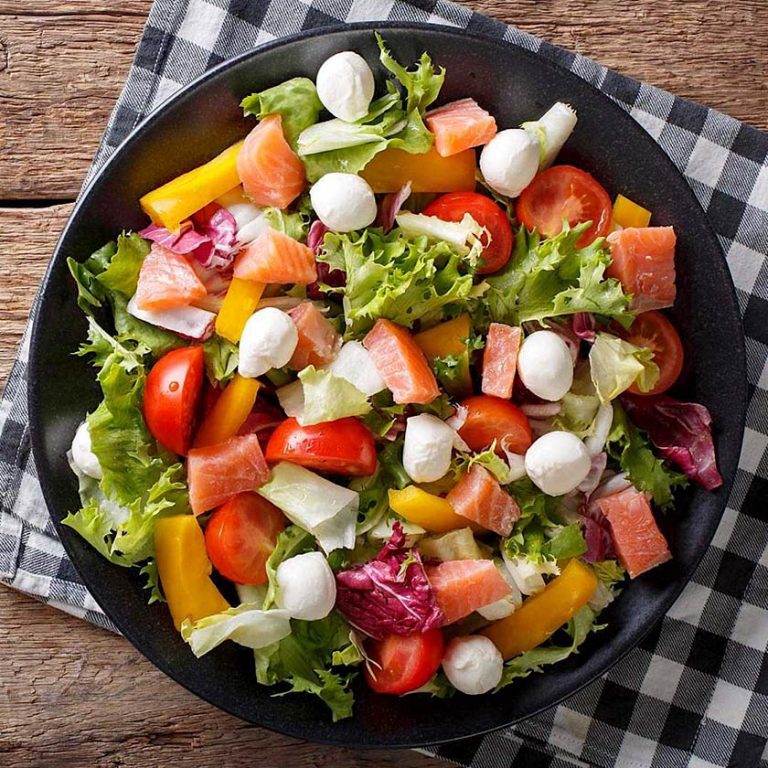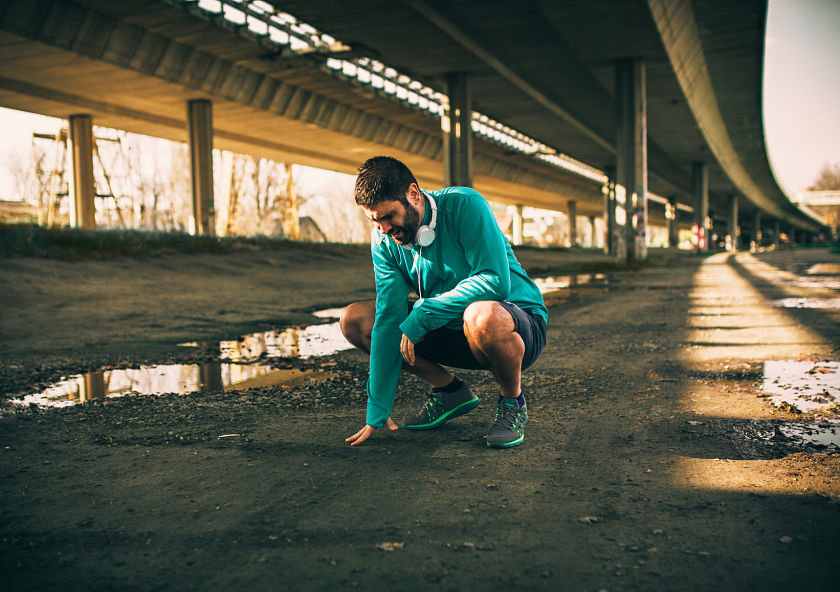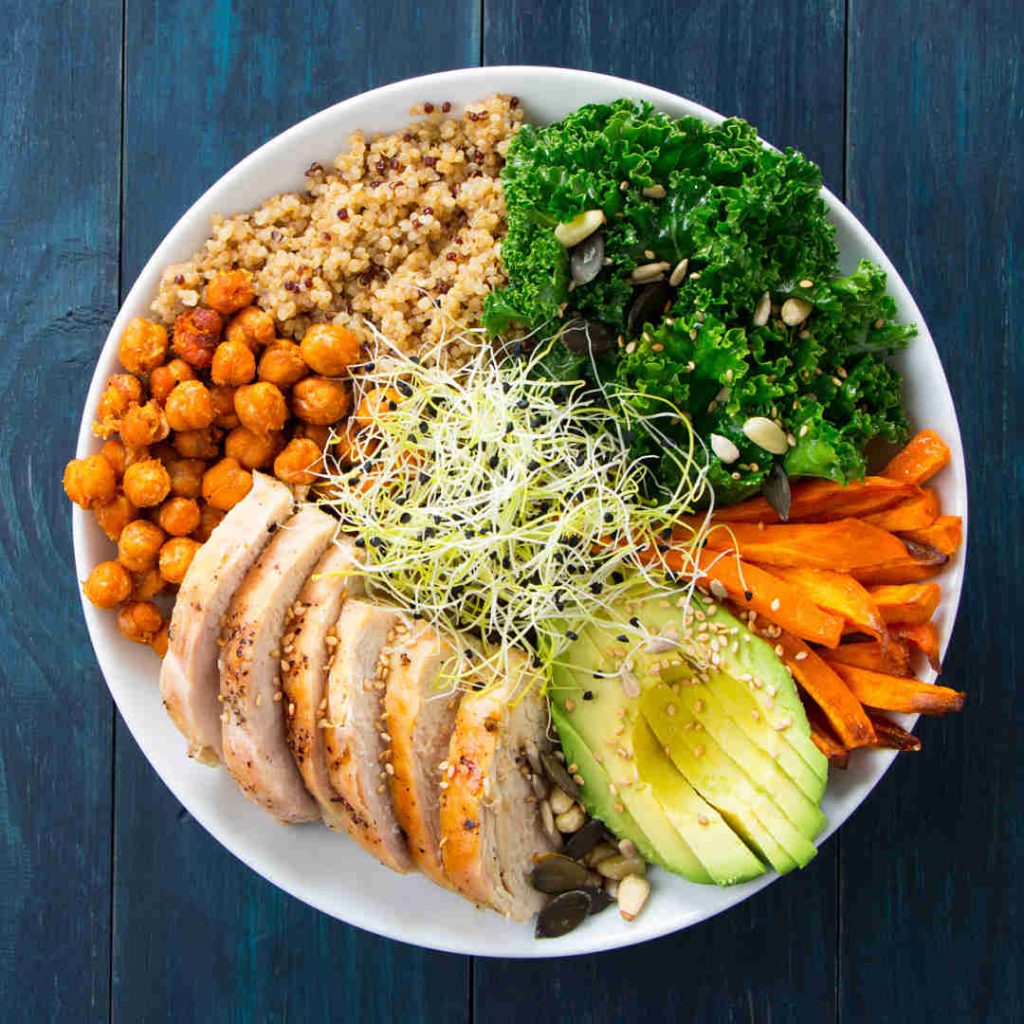WHY IS POST-TRAINING SO IMPORTANT?
To talk about the post-training call, let’s start at the end.
Your training does not end when your training ends. Your training ends when you give back to your body what you have taken away. It seems fair, doesn’t it? There are only two ways to do it: with food and with rest. There’s no more. This is mathematics, and believe us, your body keeps track of the milligram, it will not forget what you owe it. Be warned: being delinquent with your body takes its toll and has interests that grow over the years.
Let’s go back to the beginning.
Our lives work cyclically: we get up, work, train, sleep. We get up, work, train, sleep … Our body doesn’t work like that, it doesn’t reset every night, it doesn’t start or end a week or a month. Your body works linearly and always forward. I give you an example: at this moment your body is carrying out countless processes so that you can read, breathe, understand, metabolize nutrients, oxygenate muscles, thermoregulate and millions of etc. All the processes that cannot occur due to lack of some nutritional resource, simply will not occur. The body will not fix them again later when it finally has what it needs. They will form “imperceptible” microfallitos. The body is prepared to withstand many “imperceptible” micro-shakes, but there will come a time when all together will create a failure that you will perceive.
Let’s move on to the sport. Why do we attach such importance to post-training?
If your body consumes resources while resting, imagine what you are taking away from it in a Crossfit class, or in a Marathon. Training is essential to improve your performance, but you must be aware that this effort involves a waste of water, vitamins, minerals, proteins, hydrates and fats, a breakdown of muscle fibers, oxidative stress, etc. These necessary efforts that we make to improve need to be recovered because it is in recovery that improvement and adaptation occurs.
If we do not recover at the same level that we train, we will generate debt with the body and have increasingly serious warnings. If we train at level 9 and recover to level 6 for a few days, the body will warn us each time in a more serious way: tiredness, muscle fatigue, muscle pain, muscle contracture and, if you ignore it, muscle breakage or stress fracture … Your body warns, it is not traitor. Most injuries are not generated at a specific time, but have been generated by a gap between training and recovery. Get it in your head: recovery and post-workout are just as important as training.

Now that you know the importance of recovering and taking your post-workout, let’s see how to do it:
Recovery is a continuous process that goes beyond post-training. The metabolic window theory tells us – simplifying a lot – that in the immediate hour after finishing the Exercise is when all these nutrients are better assimilated, but there is increasing evidence that recovery is much more effective if we work it as a continuous process every day. Recovery can take several hours and even days. That’s why a good post-workout is the best pre-workout for the next day.
The importance of the immediate post-workout will depend on whether you are going to compete again in a few hours. In that case, it will be necessary to take into account that meal afterwards. If you have two days of rest ahead of you, the recovery can take place little by little.
To know with what and how much you have to recover, it is necessary to know what you have taken from your body. This is told by your heart rate monitor. Yes, your heart rate monitor is good for running and eating . Simplifying a bit, your body works like this: at higher pulsations, higher oxygen consumption (VO2max), and therefore, higher demand for glucose, and therefore, the sooner you will deplete glycogen stores. In tests or training sessions of more than one hour, your recovery cannot wait to finish and it will have to be during the test in the form of refreshments, but we will talk about this another time. Now, let’s take a look at what we take from the body:
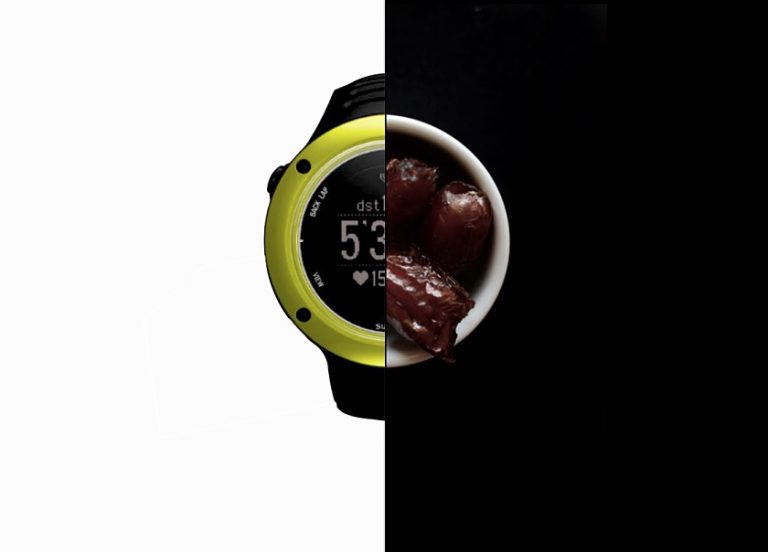
1. CARBON HYDRATES
During training, the main source of energy you consume comes from carbohydrates. The carbohydrates that you take with meals are transformed into glucose during digestion, what is not spent by the body is stored in the liver and in the muscles in the form of what we call glycogen (your deposit of gas). When you need energy in the muscle, the glycogen is transformed back into glucose, and this is used to obtain ATP, which is the main energy molecule.
To recharge the fuel tank, you need foods rich in carbohydrates: cereals such as wheat (in the form of pizza dough, bread, pasta …), rice, quinoa, oats, rye, corn, bulgur … Also in legumes, tubers, vegetables, fruits, quince, etc.
It is possible that just after finishing you are not even hungry, and just want to drink something liquid. Here you have it easy, since most sports drinks already include carbohydrates, salts and even proteins. However, muscle glycogen resynthesis after exercise takes several hours or even days, so it is important that recovery continues after immediate post-workout.
2. PROTEINS
Proteins are not only good for muscle and muscle does not only need protein. Things inside the body are not so simple or so direct . Muscle needs protein, carbohydrates, fats, vitamins, minerals, and water. Proteins are involved in innumerable vital processes in the body (transport of oxygen and lipids, hormones such as insulin or glucagon, immune system, genetic expression, neuronal synapse, cell division, tissue elasticity, constant maintenance of PH, etc)
Yes, it is true that proteins also help to recover muscle tissues, so that the more muscular effort, the greater the need for proteins (of amino acids we will speak on another occasion with more detail). Keep in mind that your muscles don’t just suffer when you lift weights on the gym. In a mountain outing, for example, l the hamstrings and glutes teos intervene in traction during climbs, but also soleus and tibialis.
During the descents, the quadriceps mainly suffer, which hold you and help you brake; the calves serve as support, the abdominals stabilize the trunk and, if you use poles, the upper body also suffers an overload on the shoulders, trapezius and lower back. During the download the muscle contractions are eccentric and cause much more pain and muscle damage than concentric muscle contractions. In a 2016 study, running downhill was found to significantly increase creatine kinase and other inflammatory markers in the blood.
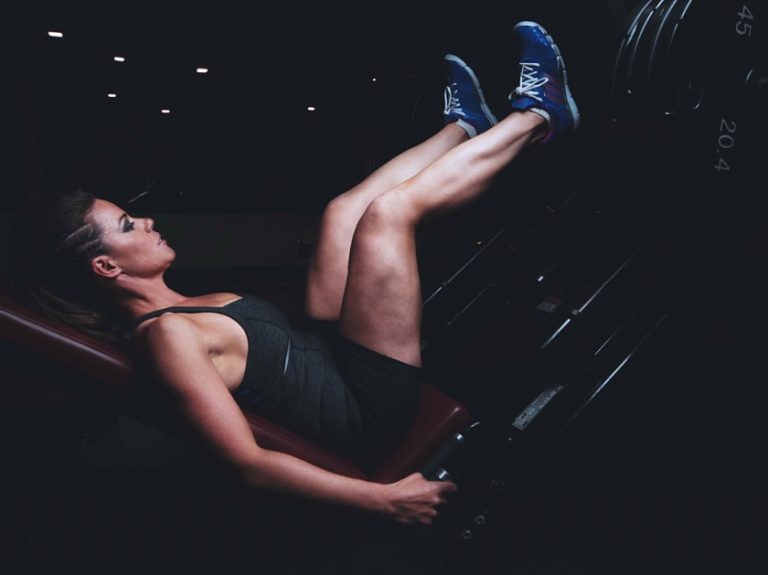
How many proteins do you need in your post-workout? That depends on many factors, but theoretically, with 0.25g of protein for every kilo of weight and hour you can fuel your muscle. About 19g of protein if you weigh 75kg. This is too generic but for reference, it looks something like:
- On the go : a plate of macaroni (100g) with tomato sauce, zucchini and 70g of minced meat.
- At the bar: An omelette sandwich with Serrano ham
- Quick option: A smoothie of whipped fresh cheese with banana, strawberries and honey
- Gourmet option: A quinoa salad (100g) with poached egg, slices of serrano ham, apple and raisins
Be careful! your body can only absorb up to a certain amount of nutrients in one digestion, even if you eat 10 breasts and a four-clear tortilla, you will not absorb more than a certain amount. There are studies that put the cap at 30 g and others show that we can absorb up to 40 g. If you need to eat a lot of protein, it is better to divide it into different meals for several reasons: for comfort, so that you can digest it all, to help you have a more satisfying diet and because there are already studies that show what to take Protein immediately after training does not ensure muscle recovery.
3. FATS
When a muscle or tendon becomes inflamed, it is because it has suffered damage (think of a sprain or contracture). Inflammation is a mechanism your body uses to “heal” that damage. When we run and hit the ground or when we make muscular efforts, our tissues break and become inflamed (that’s why you leave the pool very swollen). Inflammation is a natural process in the body, but an exaggerated response can cause damage to cells or tissues. That is why it is of interest to lower or control inflammatory processes.
Nuts, avocado, vegetable oils (olive, sunflower) and oily fish are foods with omega 3 fatty acids and it would be good if some were in your post-workout . This omega 3 has anti-inflammatory capacity and therefore will help you recover from muscle damage.
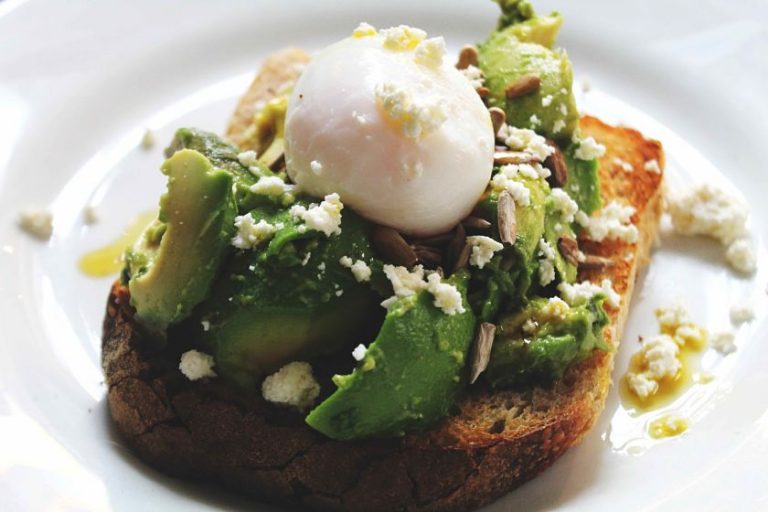
4. WATER AND ELECTROLYTE
When doing sports, your body rises in temperature in a few minutes. Muscle contraction produces energy and energy produces heat. If your body heat increases a lot, your kicks in. “ thermostat ”to regulate the temperature. How? Mainly through sweat. Sweat is the main mechanism for dissipating heat by evaporating water.
You can lose between 1L and 4L for every hour of exercise. More adapted people tend to sweat more, but the sweat rate depends a lot on each person. The amount of water you lose will also depend on the time and intensity of the training / test, the temperature (more heat, the hotter you get and the more you have to sweat), the humidity (the more humidity the less evaporation and the more you need to sweat), the clothes what to wear, etc.
At a physiological level, hydration is very complex and extremely important. Remember that all the biochemical processes that occur in your body occur in an aqueous environment. If water is lacking, performance problems begin and then more serious ones.
But it’s not just the lack of water that causes these problems. Have you ever noticed the white stains on your shirt, like saltpeter? It happens because with that sweat you also lose mineral salts (sodium, chlorine, potassium, magnesium and calcium). Replenishing only with water would be enough only in case you accompany it with food (because there you are already introducing mineral salts) and in case the training is quite soft. In case you have to double your training, it would be advisable to use a replacement sports drink.
To rehydrate you have to take – theoretically – 1.5L for every kilogram of weight lost. Suppose you weigh yourself after running and you have lost two kilos. In that case you would have to drink about 3L of water. Not suddenly. Total rehydration (outside and inside the cells) takes time, between 24 and 48 hours.
What about beer?
Well, it’s not the best post-workout or the best rehydrator, not even close. Yes, it is 94% water. It may even have some sodium, magnesium, chlorine, vitamins, and some electrolytes. But what it also has is alcohol. This alcohol, although in small amounts, is a diuretic that can do the opposite effect: dehydrate you. But in addition, alcohol “hinders” protein synthesis, causes rest disorders and is a toxic component for the body. Okay, that’s what you want most when you’re done, but unless you know what you’re taking. Do not be fooled by saying that they are isotonic (they are not because they do not meet the minimum amounts of carbohydrates and mineral salts stipulated for isotonic drinks ).
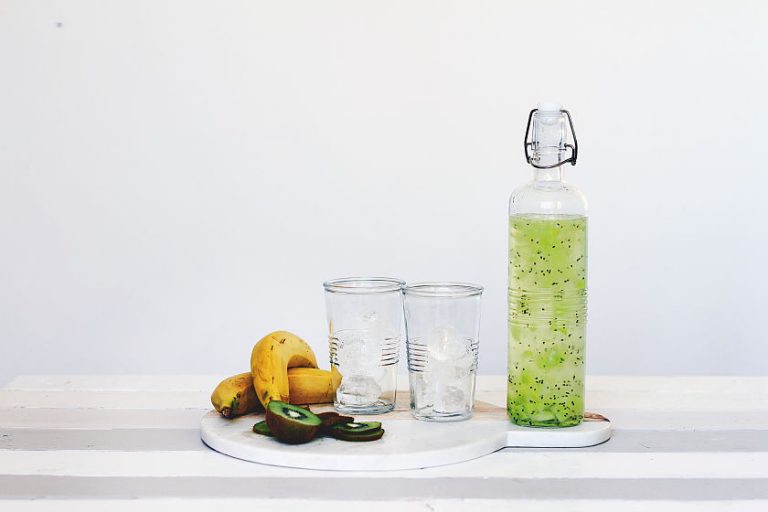
5. ANTIOXIDANTS IN THE POST-TRAINING
Sport causes stress in your whole body, in every cell (stress is not an exclusive problem of the mind). Your body continues to function the same as when we were monkeys, so when you start running, your body reacts as if you were escaping from a predator. Increased oxygen consumption generates a greater number of free radicals, responsible for oxidative stress.
Fruits and vegetables are rich in natural antioxidants, which help reduce the harmful effect of these free radicals, but they are not magic. Antioxidants are all the rage and a lot of business is being done with them, but in fact, high supplement loads can prevent the physiological adaptations sought after with training. With a varied diet rich in fruits and vegetables of different colors, it is enough:
- vitamin C from fruits such as: strawberries, kiwi, grapefruit, oranges, broccoli, parsley, etc.
- vitamin E from vegetable oils, seeds, avocado, walnuts, almonds and other dried fruits
- Beta-carotenes, which are flavonoids that give fruits and vegetables such as papaya or pumpkin a yellowish, orange color.
- And minerals like selenium and zinc that are in nuts, legumes, and fish.
And now, at the end, at last, the question for which you have clicked on this post: Can I order a loin sandwich with cheese after training? .
To begin with, it is important that you understand that neither a sandwich, nor a pizza, nor a cake is good or bad. It will depend on what they are made of. If you have read our post on “Oatmeal cookies and other nutritional tricks” you will know better what we mean.
The bad thing about nutrition is that the theory is very general, and you are very specific. Your tastes are very specific, your workouts are very specific and your metabolism is too. After three hours running up the mountain, your needs and mine are different. Your training level and your heart rate monitor would have a lot to do with this decision, but if your usual diet is adequate and is focused on the training you do, your body will have a greater recovery capacity and you will not depend so much on that specific recovery.
Returning to your question, yes, it would be a valid option, just like a potato omelette sandwich, of Serrano ham with tomato or breast with peppers. Here you have the nutritional composition of macronutrients so that you can better assess, although, obviously, the amounts of one or another ingredient would vary greatly in the graph. (mainly controls the amount of oil, fried foods and cheese)
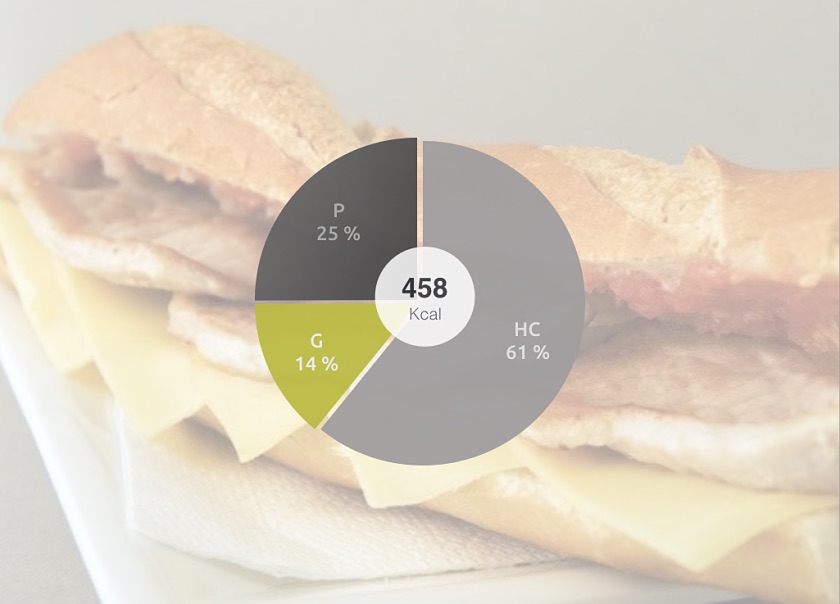
6. WHAT ABOUT POST-TRAINING RECOVERERS?
1h of hypertrophy a day 3 days a week does not require the use of commercial recuperators. After a session of one hour of hypertrophy, the glycogen stores have been emptied by at most 40% of their capacity, taking 24 or 48 hours to recover them until the next training session, you do not need to use a recuperator that fills them almost to the limit. instant. With a well-planned and well-thought-out diet you can replenish glycogen stores and, in addition, provide many other important nutrients for recovery that recuperators do not have.
Now, if you do double or triple daily training session, if you train for Ironman or ultramarathon, where you empty yourself and train again the next day, or do stage races, there it does make sense to use a recuperator , since the time you have to recharge the tanks is limited and performance depends to a large extent on whether these tanks are at 100% of their capacity at the beginning of the training session or the next stage of competition.
Conclusion: An athlete spends a lot of everything, so the best way to recover is with everything: proteins, hydrates, fats, water, vitamins and minerals. In what percentage to do it, with what foods or supplements and in how many you take, it depends on each case. Remember that a post-workout has no magical effects. Recovery is a continuous process in which not only food intervenes but also rest a lot. The best thing is that you do things well every day so you don’t depend so much on that post-workout. “The best post-workout is to eat what you need at all times.” Already , is not a very selling headline, but it is the truth.
